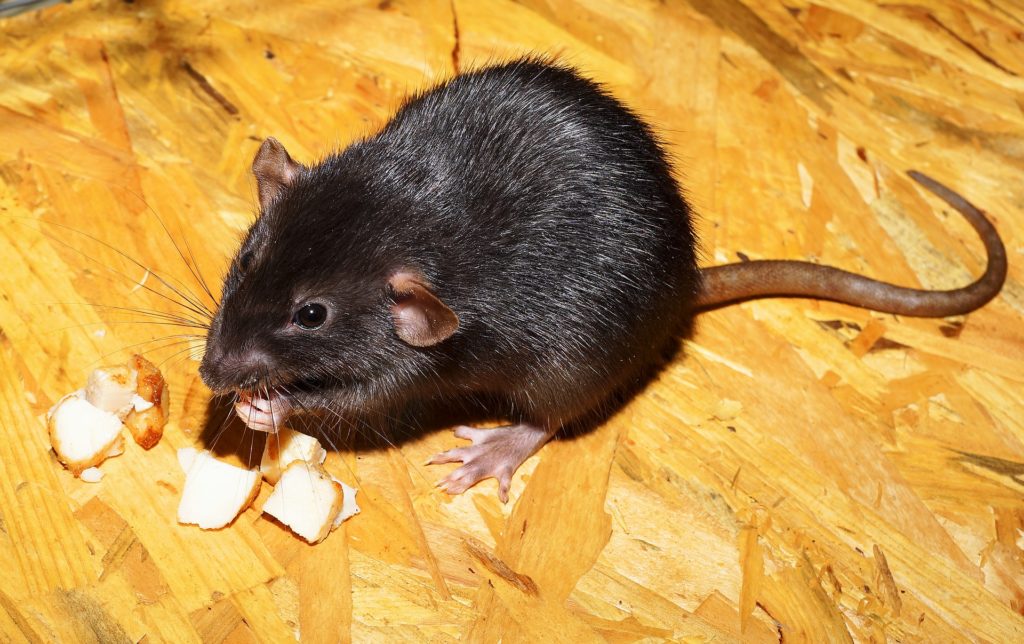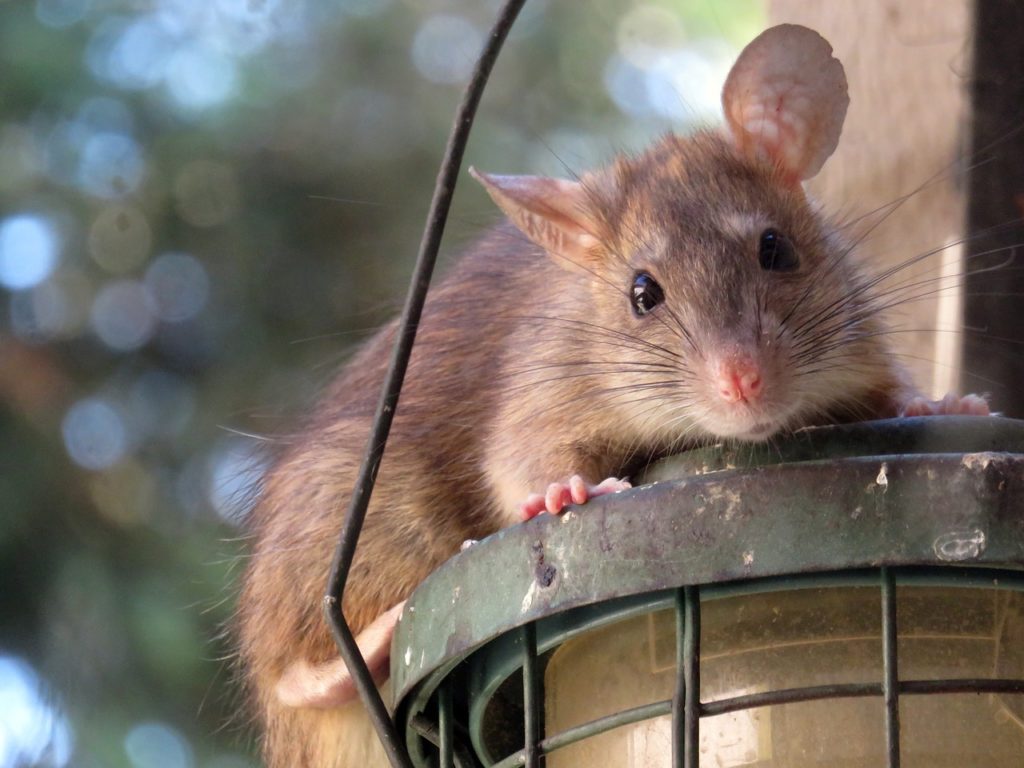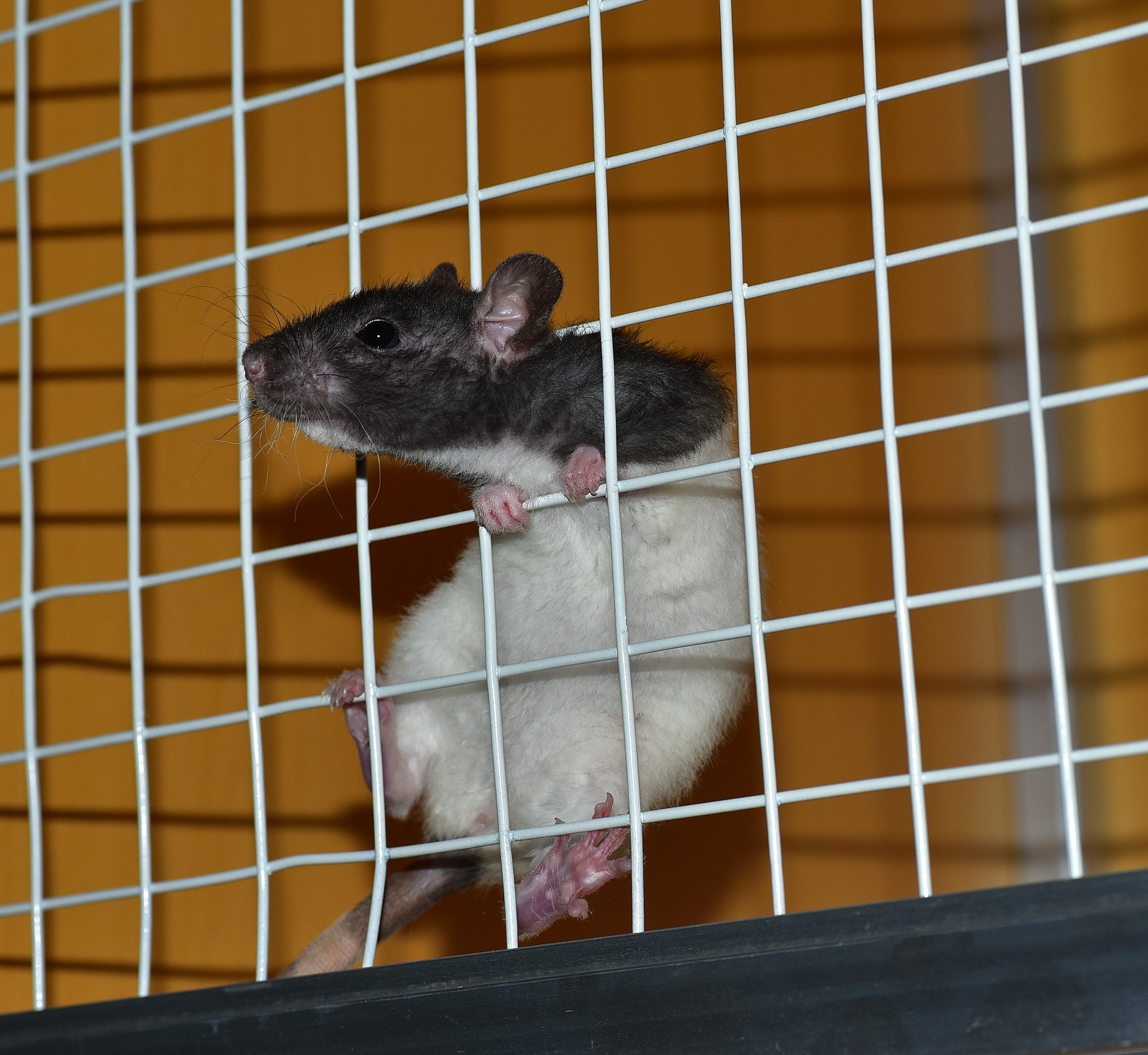A rat infestation can be very problematic. Rats can spread diseases and damage your house, so it’s best to get rid of them as fast as you can. But how do you know for sure that you are suffering from a rat infestation? Here are the most solid signs of rats in your house.
1. Live rats
The most obvious sign of a rat infestation is seeing a live rat in your house. Take note that rats are sneaky and don’t like to be seen, so you will probably see live rats only during the night or in dark and often undisturbed parts of your house. If you see live rats during daytime or out in the open, you may have a serious rat infestation in your hands.
For the most serious cases, it’s best to get the help of professional pest controllers.
2. Rat nests and holes
Rats can nest on different parts of your house. They can nest on existing materials in your house, such as cardboards and roof insulations. But they can also build their own nest using dried plant matters, fabrics, and shredded papers. You can find nests on often undisturbed places such as attics and basements or hard to reach areas such as insulations and walls.
You may also see holes around your house, particularly on the walls. Rats like to bite or burrow holes to create new passageways in and around your house.
3. Rat droppings and urines
Rat droppings are dark and small. New ones tend to be moist too. Rat urines are yellow and have a pungent smell. Seeing rat droppings and urines is one of the biggest signs of rats you should look out for. This is because rat droppings and urines can be dangerous. You can get salmonellosis if you consume something with rat droppings. And you can get leptospirosis if you consume something with rat urines. These are just some of the many diseases you can get from these pests.
You will often find these droppings and urines around rat nests and passageways. Clean them up immediately to reduce the risk of diseases.
4. Gnaw marks
Gnaw marks can be classified into two – those that are found in containers such as cardboard boxes and food packaging and those that are found on the structure of the house itself such as insulations, pipes, and wires.
Rats gnaw for two general reasons as well. They need food and water, so they bite through things that can lead to resources. Their teeth also continually grow, helping in forming the habit of gnawing.
Be particularly cautious of big gnaw marks. This means that the rats in your house are big and mature. Small gnaw marks may indicate smaller rats or mice.

5. Grease marks
The furs of rats and mice are covered in grease. And whenever they get in contact with something, they smear the grease from their bodies and leave marks. Grease marks from rats and mice are often dark or yellow. You can often find them near their passageways, nests, and areas with high rodent activity.
Grease marks can be an unsightly problem in your house. They discolor and stain, especially your baseboards and walls. You can remove them using a bleach solution or detergent.
6. Rat footprints
Rat footprints have four toes in the front and five toes in the back. Unfortunately, these footprints are very similar to other animals that are closely related to rats, like squirrels. If you are not sure if the footprints you see in your house belong to rats, watch out for the other signs of rats in your house. Look for gnaw marks and grease marks in particular. If you can see the other signs present, you can make the assumption that the footprints belong to rats.
Rats are very suspicious of new things, and this trait of theirs makes them very hard to trap. But you can use this trait to your advantage. Because rats don’t like to try new things, they often use the same passageways. You will be able to see the footprints consistently on the same spots and you can plan to trap them from there.
7. Foul odors
When rats invade houses, they leave grease marks all over the place, poop and pee wherever they please, and make nests on the safest spots. When they are dying, they also tend to isolate themselves in the far reaches of your house, leaving their corpse to rot and smell. It’s not surprising that a house suffering from a rat infestation has a musky or pungent smell. And the smell can be even worse when the rats start dying.
Don’t just rely on your sense of smell. Also, observe your pets because they have a stronger sense of smell than you. If your pets suddenly become interested in a particular part of the house, investigate. They may be leading you to some rats hiding in your house.
8. Scratching noises
Scratching noises, especially at night or from out of reach places in your house, are tell-tale signs of rats. The rats in your house may be climbing pipes and walls, running through their usual passageways, or scratching surfaces. These activities produce scratching noises.
If you hear scratching noises in your house, look for the other signs of rats in your house, so you can confirm that you are dealing with a rat infestation. You can only start getting rid of rats once you have confirmed that there are indeed rats in your house. You can’t prematurely set up traps if you are not sure because this can make your trapping techniques ineffective.

These are the biggest signs of rats
Rats are attracted to your house because of three general reasons. Your house is easily accessible, has food and water, and can provide a warm shelter. Make your house unattractive to rats by making it inaccessible, storing your food properly, and keeping the tiniest nooks and crannies clean. Prevention is always better than cure.
But if you have confirmed that you are already suffering from a rat infestation thanks to the signs enumerated above, it’s time to take action. Eliminate the rats yourself or get the help of professional pest controllers.

